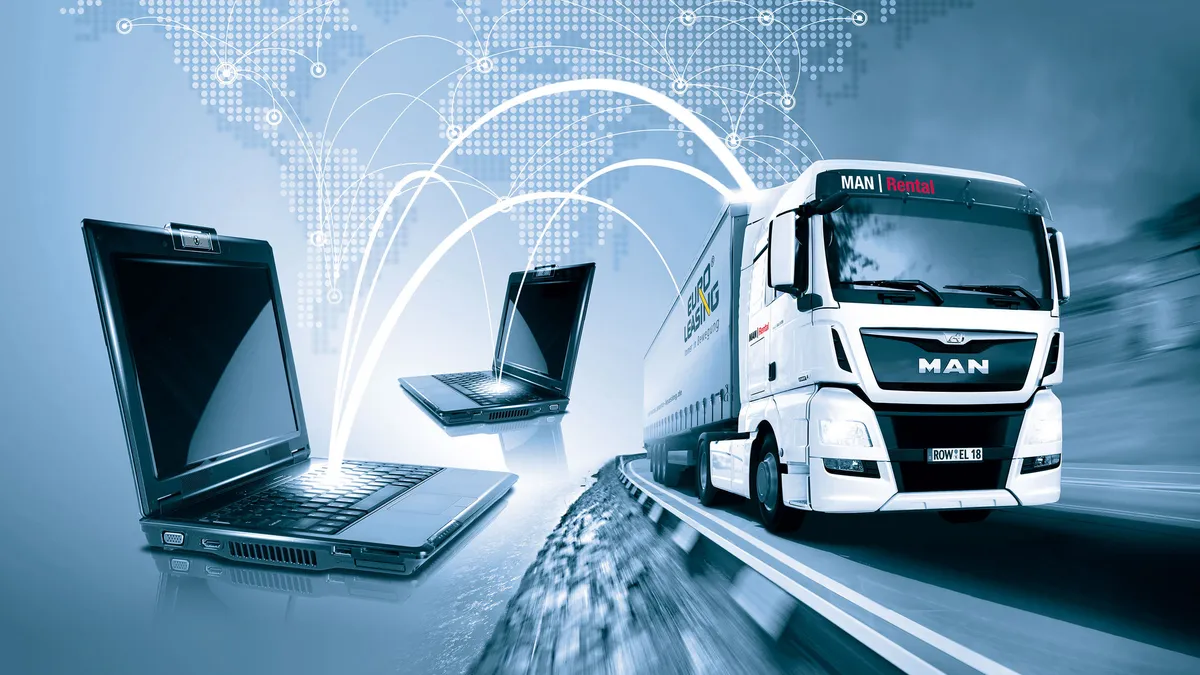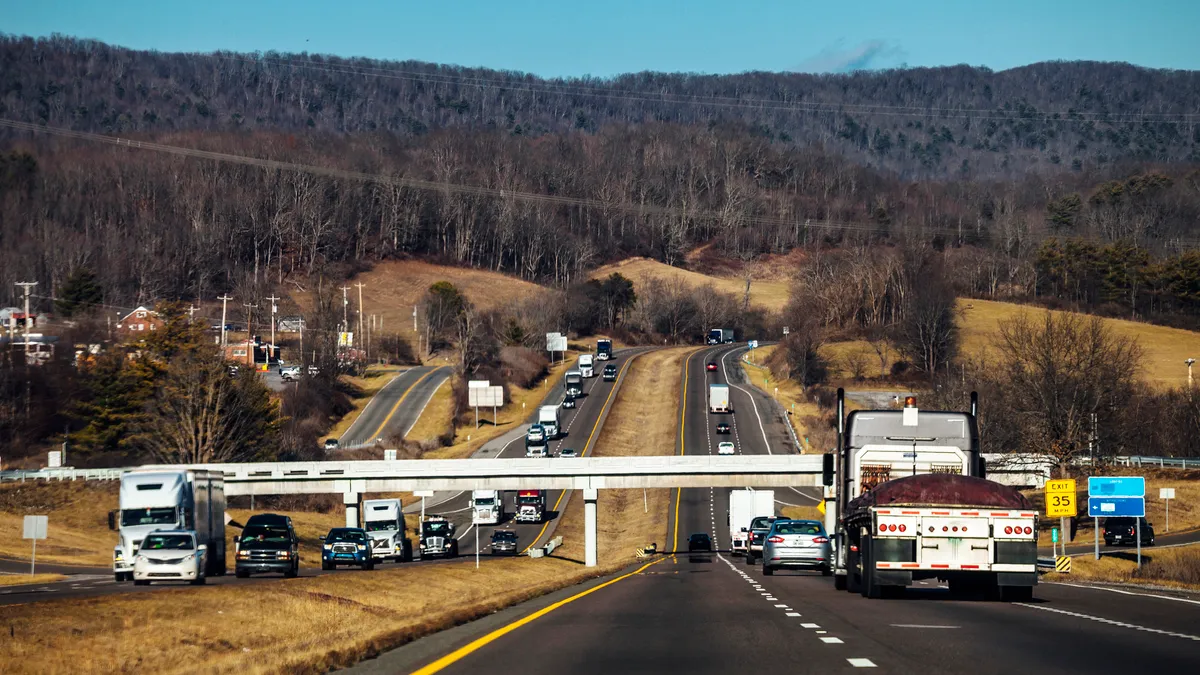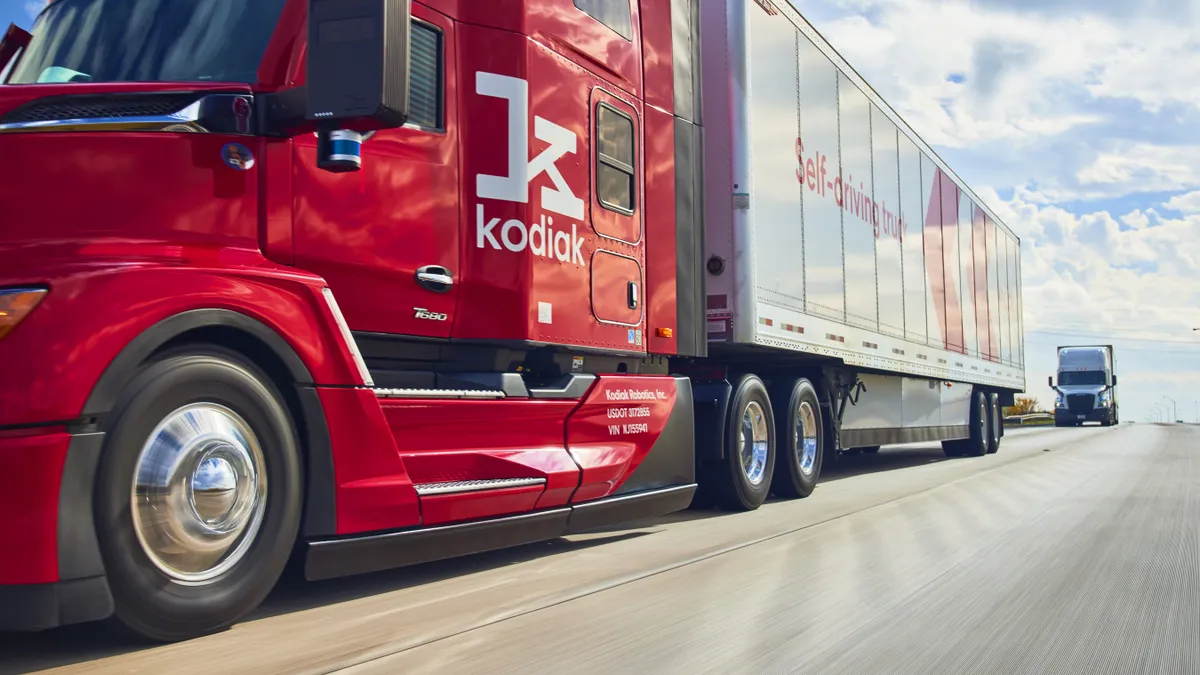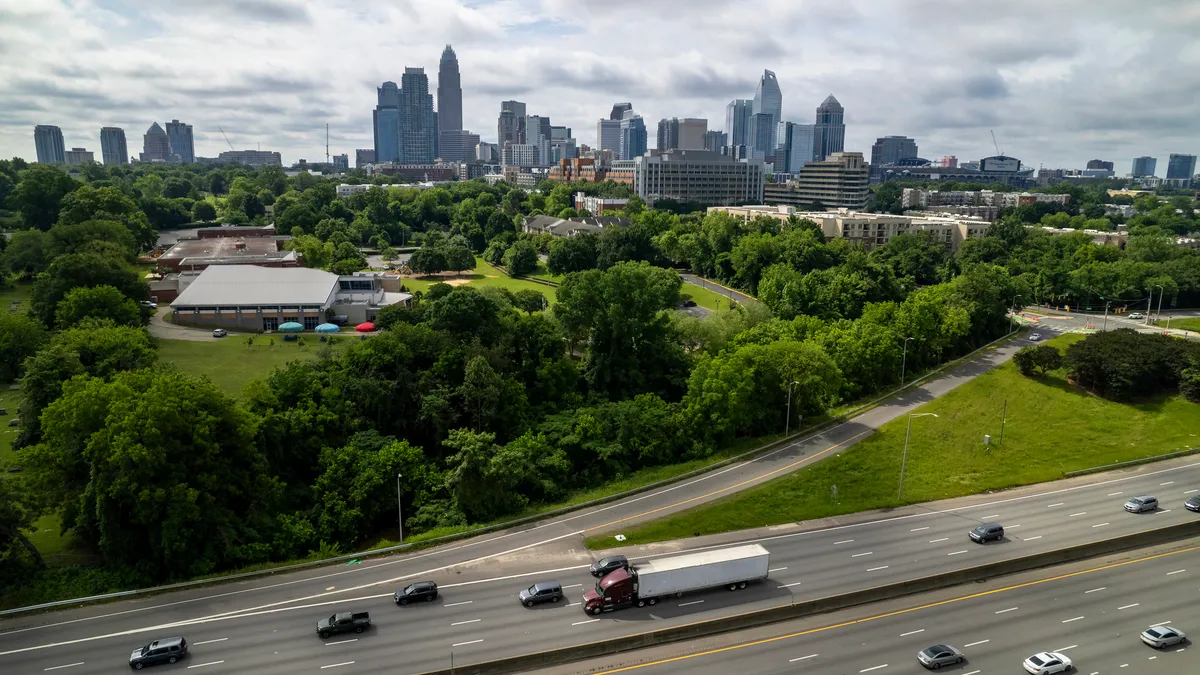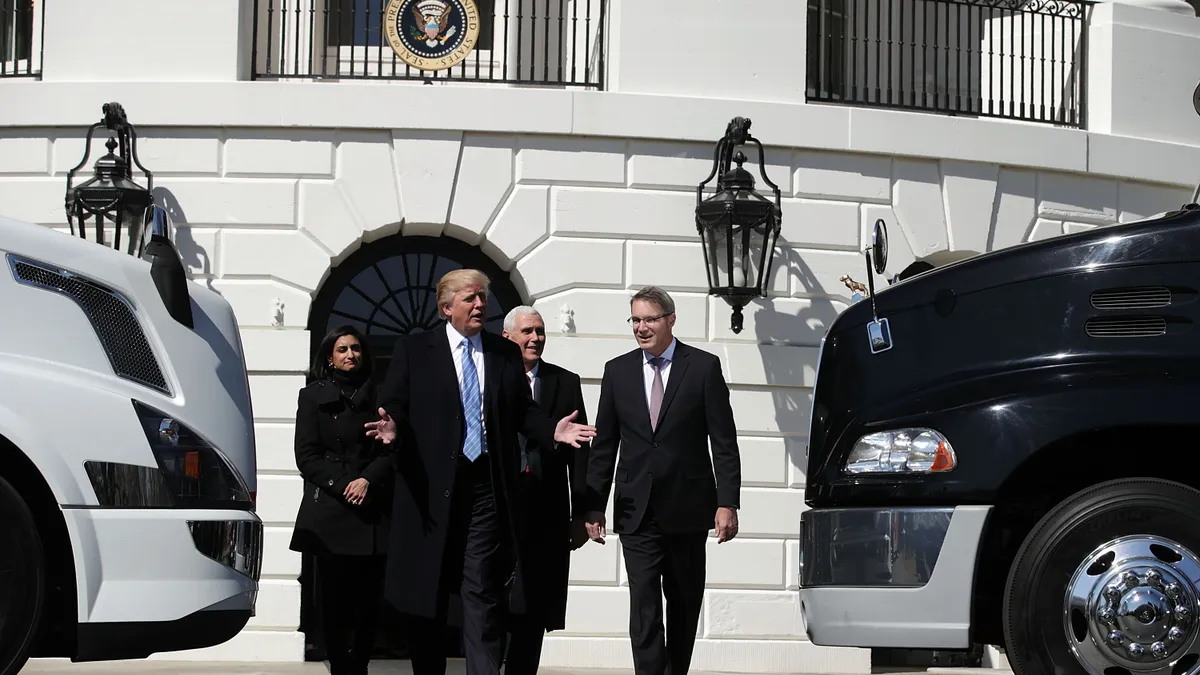Lytx, a video telematics provider, said it achieved record revenue in 2020. The company reported an increase of 63% in new customers last year, with current subscribers totaling some 700,000.
What's driving this trend to implement telematics solutions?
Safety all around has become extremely important, said Bart De Muynck, a vice president analyst with Gartner. Protecting drivers is essential, and keeping them safe helps fleets retain them.
Telematics provides a wide array of solutions for fleets. It can identify driving speed, the amount of fuel consumption, location of trailers, vehicle maintenance issues, driver behavior and much more.
Trucking firms were buying telematics solutions before the novel coronavirus. But during the pandemic, Doug Schrier, senior vice president of strategy at technology company Transflo, noticed fleet managers wanting more information than just the location of their trucks and drivers.
Fleets were looking for operational data that would drive continuous improvement within the supply chain, such as on safety events, accident reconstruction, truck information and statistics, and load information, he said.
"Driver safety and better fleet insights are needed to control fleet efficiency costs and customer service," according to Gartner's "Key Technology Trends and Considerations for Transportation Mobility Solutions," published in February 2021.
Ultimately, equipping assets with telematics can improve the bottom line.
Getting and using the data
Trucking companies have moved on from being compliant with only an ELD to shopping for strategic investments, Schrier said. They want help mitigating operational costs, avoiding accidents, decreasing insurance claims and maintenance issues, he explained.
"We've seen them go from traditional telematics toward a more mobile-forward solution that's employable on any iOS/Android device," said Schrier. "This reduces the limitations of fixed telematics devices, so drivers can engage across any device from company-provided to personal phones or tablets."
In telematics solutions, data is collected from video cameras and in-cab devices and is sent to the telematics vendors' analytics application to be analyzed, said De Muynck.
"Simply having invested in telematics technology will not go far if it isn't being actively managed."

Matt Zuvich Jr.
Senior Risk Consultant at HUB International
Companies like Lytx and SmartDrive offer data analyzing services to their customers and present them with the results. Or, in some casess fleets themselves analyze the data, because there's usually an extra fee involved for the telematics vendor to do it.
According to Schrier, his customers want their drivers to thrive on day one of their employment. This is done in part by providing training, navigation, planned routes, identifying where to fuel and where to park, which can all be done through telematics.
Predictive maintenance also protects drivers. A well-maintained vehicle becomes a safe and reliable one, the Gartner study said. Breakdowns cause drivers lost time which equates to lost income. Available telematics solutions provide data that prescribes scheduled maintenance, which alleviates breakdowns and lowers costs.
Telematics-produced information can be used to recognize exceptional drivers, Matt Zuvich Jr., senior risk consultant at HUB International, a North American insurance brokerage, said in an email. That can boost morale and create a sense of healthy competition.
An advantage of certain telematics adoption is the break on coverage rates.
Insurance premiums have soared in the trucking industry, thanks to several factors including nuclear verdicts, where jury awards surpass $10 million. Even large awards of $1 million and more persist.
"A single nuclear verdict can easily bankrupt a trucking company," explained De Muynck.
Truck insurance premiums
By collecting relevant data, fleets may be able to lower their insurance rates. But they must do more than just install data sets on their assets.
"I believe in order to move the needle now, you must be able to express how you are utilizing the telematics data in a systematic way to identify at-risk behaviors and take action to prevent their reoccurrence," said Zuvich. "Simply having invested in telematics technology will not go far if it isn't being actively managed."
Being able to show an acceptable level or reduction in data points such as hard braking and speeding events will help build a case for keeping insurance premiums in check, Zuvich stated.
The case for video telematics
According to Motorists.org, the first verified use of dash cams was in the 1930s. Then, the windshield cameras helped law enforcement catch traffic violators.
Now dash cams come forward-facing and driver-facing. Fleet managers are immediately informed of any incidents; they have remote access to the video footage and those managers have greater visibility so they can use the dash cam information to help increase safety.
"Video gives you the whole truth," said Schrier. "Cameras and telematics give fleet managers a view of driving habits, allowing them to be proactive in training, which not only helps make drivers safer, but helps mitigate lawsuits."
De Muynck said some vendors offer integrated dash cams and telematics solutions that use one SIM card to transmit both data and video. They can be bought separately, but then they're not integrated from the start. The data gets sent from separate SIM cards to different back ends.
It is then up to the client to make sure they integrate all data into one data warehouse. There are some partnerships between the vendors that allow the data to be integrated. One example is the partnership between Lytx and Geotab.
"Without that data it will be more challenging to get ahead of at-risk behaviors, as you likely won't become aware of them until there is an accident."

Matt Zuvich Jr.
Senior Risk Consultant at HUB International
Most telematics record driving events like harsh acceleration or braking. Showing a reduction in these through the data can help build the case for keeping premiums in check, explained Zuvich. Dash cams may prove helpful with insurance as long as a trucking firm can prove it's using the data garnered to make changes.
De Muynck noted that not many cons are associated with these cameras, other than some drivers thinking "Big Brother is watching."
"Driver-facing cameras help the drivers, not hinder them and nobody watches them all day. The device only beeps when something is wrong," De Muynck explained.
Zuvich urged trucking companies to do everything within their means to reduce operational risks on the road.
"Utilizing telematics data is a key component of this, and without that data it will be more challenging to get ahead of at-risk behaviors, as you likely won't become aware of them until there is an accident," said Zuvich.


